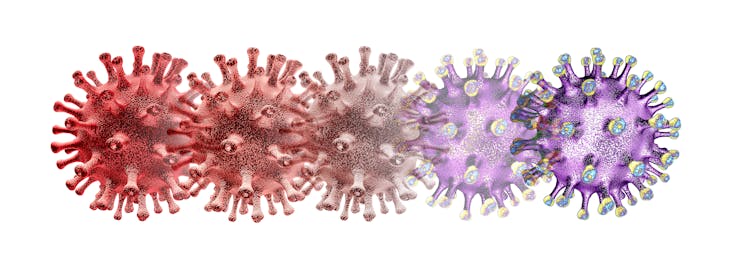Fixing Prolonged Sitting: Five Minutes’ Walking every Half Hour

While evidence suggests that prolonged sitting is hazardous to health, the optimum interval and quantity for exercise breaks has been unclear. Now, exercise physiologists can provide an answer: just five minutes of walking every half hour during periods of prolonged sitting can offset some of the most harmful effects.
The study, led by Keith Diaz, PhD, associate professor of behavioral medicine at Columbia University Vagelos College of Physicians and Surgeons, was published online in Medicine & Science in Sports & Exercise.
Unlike other studies that test one or two activity options, Diaz’s study tested five different exercise ‘snacks’: one minute of walking after every 30 minutes of sitting, one minute after 60 minutes; five minutes every 30; five minutes every 60; and no walking.
“If we hadn’t compared multiple options and varied the frequency and duration of the exercise, we would have only been able to provide people with our best guesses of the optimal routine,” Diaz says.
Each of the 11 adults who participated in the study came to Diaz’s laboratory, where participants sat in an ergonomic chair for eight hours, rising only for their prescribed exercise snack of treadmill walking or a bathroom break. Researchers kept an eye on each participant to ensure they did not over- or under-exercise and periodically measured the participants’ blood pressure and blood sugar (key indicators of cardiovascular health). Participants were allowed to work on a laptop, read, and use their phones during the sessions and were provided standardized meals.
The optimal amount of movement, the researchers found, was five minutes of walking every 30 minutes. This was the only amount that significantly lowered both blood sugar and blood pressure. In addition, this walking regimen had a dramatic effect on how the participants responded to large meals, reducing blood sugar spikes by 58% compared with sitting all day.
Taking a walking break every 30 minutes for one minute also provided modest benefits for blood sugar levels throughout the day, while walking every 60 minutes (either for one minute or five minutes) provided no benefit.
All amounts of walking significantly reduced blood pressure by 4 to 5 mmHg compared with sitting all day. “This is a sizeable decrease, comparable to the reduction you would expect from exercising daily for six months,” says Diaz.
The researchers also periodically measured participants’ levels of mood, fatigue, and cognitive performance during the testing. All walking regimens, except walking one minute every hour, led to significant decreases in fatigue and significant improvements in mood. None of the walking regimens influenced cognition.
“The effects on mood and fatigue are important,” Diaz says. “People tend to repeat behaviors that make them feel good and that are enjoyable.”
The Columbia researchers are currently testing 25 different doses of walking on health outcomes and testing a wider variety of people: Participants in the current study were in their 40s, 50s, and 60s, and most did not have diabetes or high blood pressure.
“What we know now is that for optimal health, you need to move regularly at work, in addition to a daily exercise routine,” says Diaz. “While that may sound impractical, our findings show that even small amounts of walking spread through the work day can significantly lower your risk of heart disease and other chronic illnesses.”









